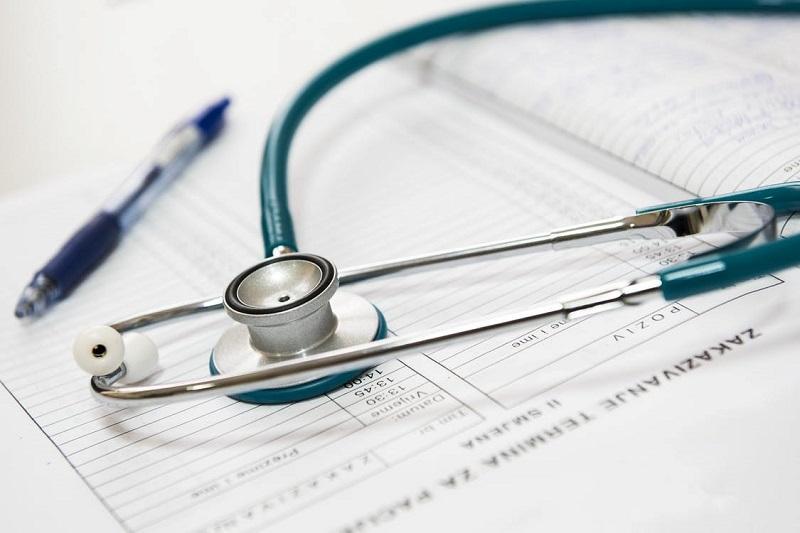Full Physical Examination
It Feels Like Home!

Understanding the Components: Of A Full Physical Examination.
A full physical examination, also known as a comprehensive physical, is a thorough assessment of an individual’s overall health and well-being. Conducted by a healthcare provider, such as a primary care physician or internist, a comprehensive physical involves various tests, screenings, and evaluations to assess the patient’s current health status and identify any potential health concerns. In this article, we’ll explore the components of a full physical examination and what to expect during the process.
Medical History Review:
- The first step in a comprehensive physical examination is a review of the patient’s medical history. The healthcare provider will ask about past illnesses, surgeries, medications, allergies, and family medical history to gain insight into the patient’s overall health status and potential risk factors.
Vital Signs Assessment:
- Vital signs, including blood pressure, heart rate, respiratory rate, and temperature, are measured to assess the patient’s basic physiological functions. These measurements provide important information about the patient’s cardiovascular health, respiratory function, and overall well-being.
Physical Examination:
- A thorough physical examination is conducted to assess the patient’s overall health and detect any abnormalities or signs of illness. The healthcare provider will examine various body systems, including:
- Heart and lungs: Listening to heart sounds (auscultation) and lung sounds (auscultation) with a stethoscope to assess cardiac and respiratory function.
- Abdomen: Palpating the abdomen to check for tenderness, organ enlargement, or abnormal masses.
- Neurological system: Testing reflexes, sensation, coordination, and cognitive function to assess neurological health.
- Skin: Inspecting the skin for rashes, lesions, moles, or signs of skin cancer.
- Musculoskeletal system: Evaluating joint mobility, muscle strength, and posture to assess musculoskeletal health.
- A thorough physical examination is conducted to assess the patient’s overall health and detect any abnormalities or signs of illness. The healthcare provider will examine various body systems, including:
Laboratory Tests and Screenings:
- Depending on the patient’s age, gender, and risk factors, various laboratory tests and screenings may be ordered as part of the comprehensive physical examination. These may include:
- Blood tests: Checking cholesterol levels, blood glucose levels, kidney function, liver function, and blood cell counts.
- Urinalysis: Testing urine for signs of infection, kidney function, or other abnormalities.
- Cancer screenings: Such as mammograms, Pap smears, prostate exams, or colonoscopies, depending on age and gender.
- Immunizations: Updating vaccinations as needed based on age and immunization history.
- Depending on the patient’s age, gender, and risk factors, various laboratory tests and screenings may be ordered as part of the comprehensive physical examination. These may include:
Health Counseling and Education:
- A comprehensive physical examination also provides an opportunity for health counseling and education. The healthcare provider may offer guidance on lifestyle modifications, such as diet, exercise, smoking cessation, and stress management, to promote overall health and disease prevention.
A full physical examination is a critical component of preventive healthcare, providing valuable insights into an individual’s overall health status and identifying potential health risks or concerns. By undergoing regular comprehensive physical examinations, individuals can take proactive steps to maintain their health, detect diseases early, and make informed decisions about their healthcare needs.
